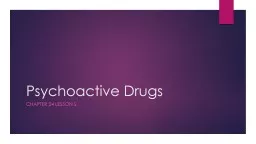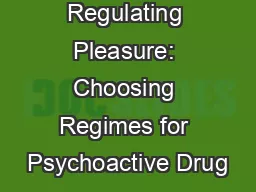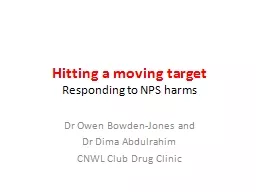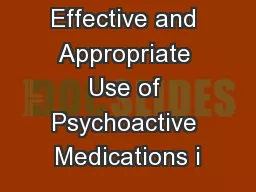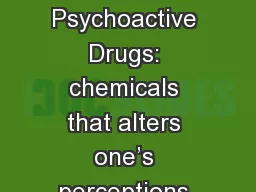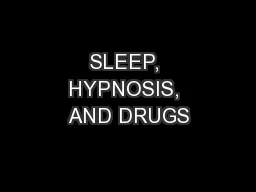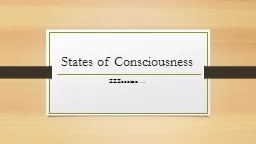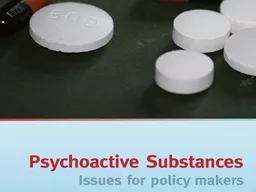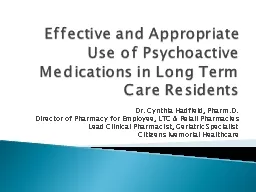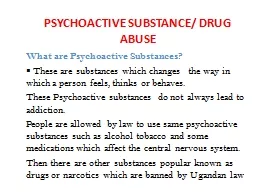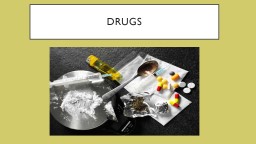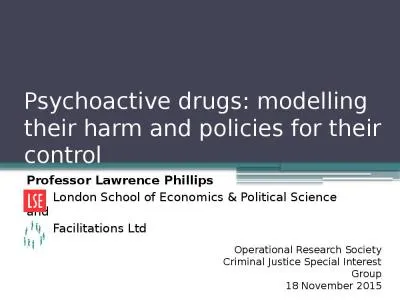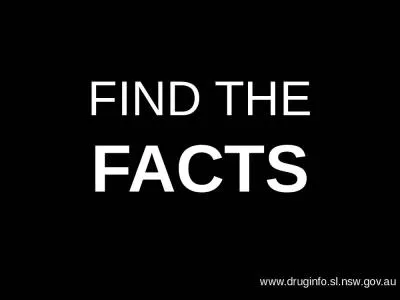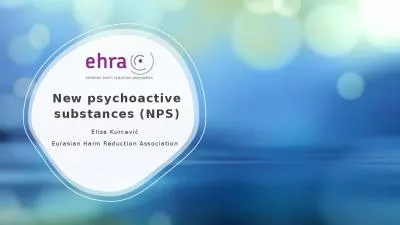PPT-Psychoactive Drugs Chapter 24 lesson 2
Author : stefany-barnette | Published Date : 2018-12-23
Types of Psychoactive Drugs 4 main groups of psychoactive drugs Stimulants Depressants Narcotics Hallucinogens First 3 groups have medicinal value when properly
Presentation Embed Code
Download Presentation
Download Presentation The PPT/PDF document "Psychoactive Drugs Chapter 24 lesson 2" is the property of its rightful owner. Permission is granted to download and print the materials on this website for personal, non-commercial use only, and to display it on your personal computer provided you do not modify the materials and that you retain all copyright notices contained in the materials. By downloading content from our website, you accept the terms of this agreement.
Psychoactive Drugs Chapter 24 lesson 2: Transcript
Download Rules Of Document
"Psychoactive Drugs Chapter 24 lesson 2"The content belongs to its owner. You may download and print it for personal use, without modification, and keep all copyright notices. By downloading, you agree to these terms.
Related Documents

